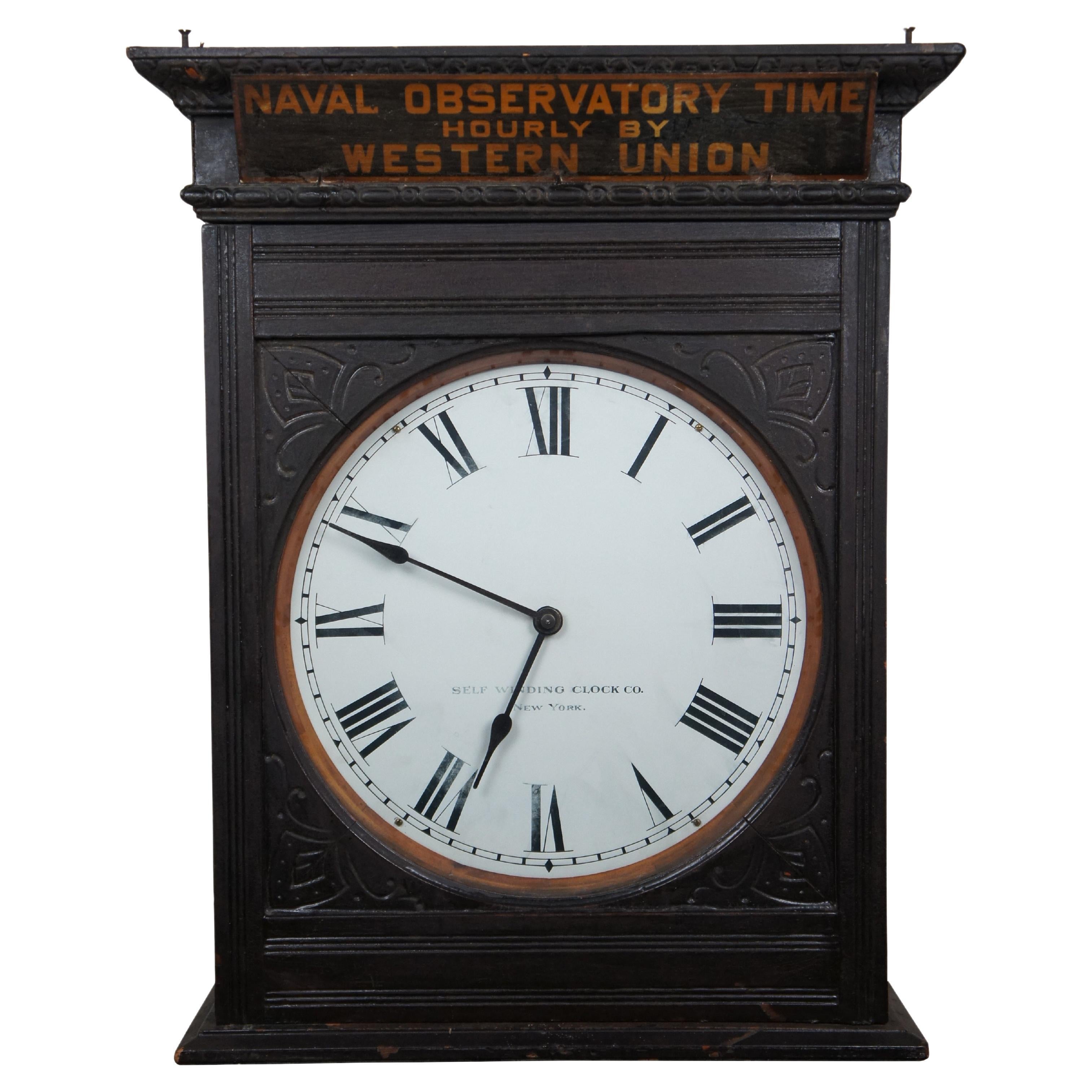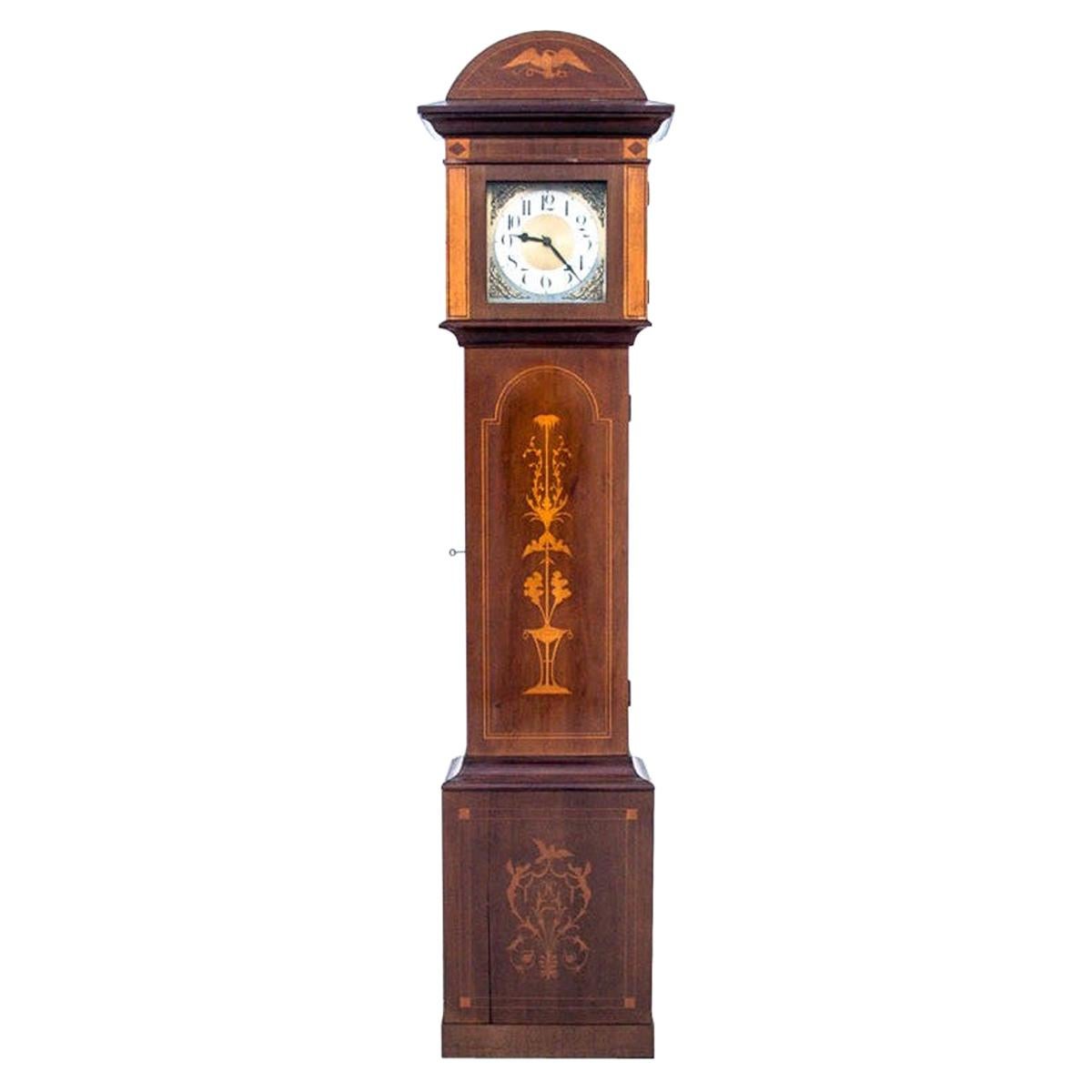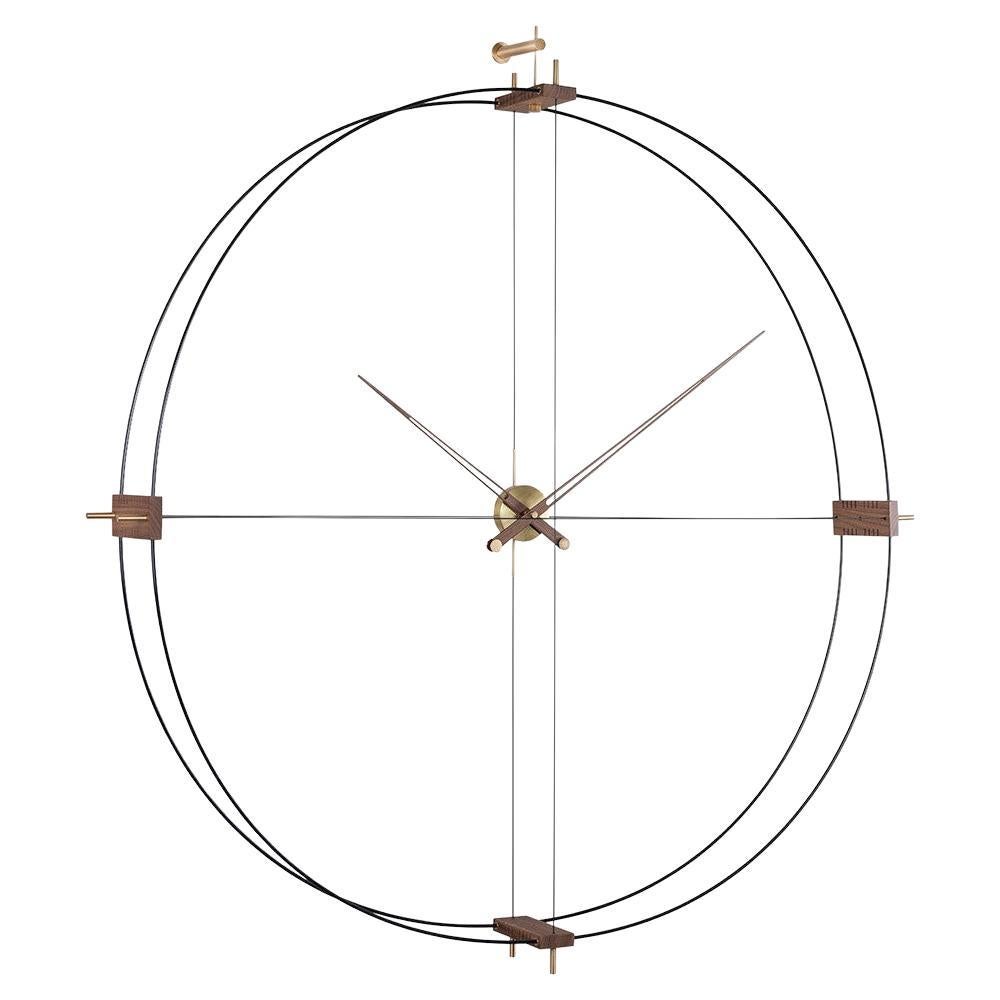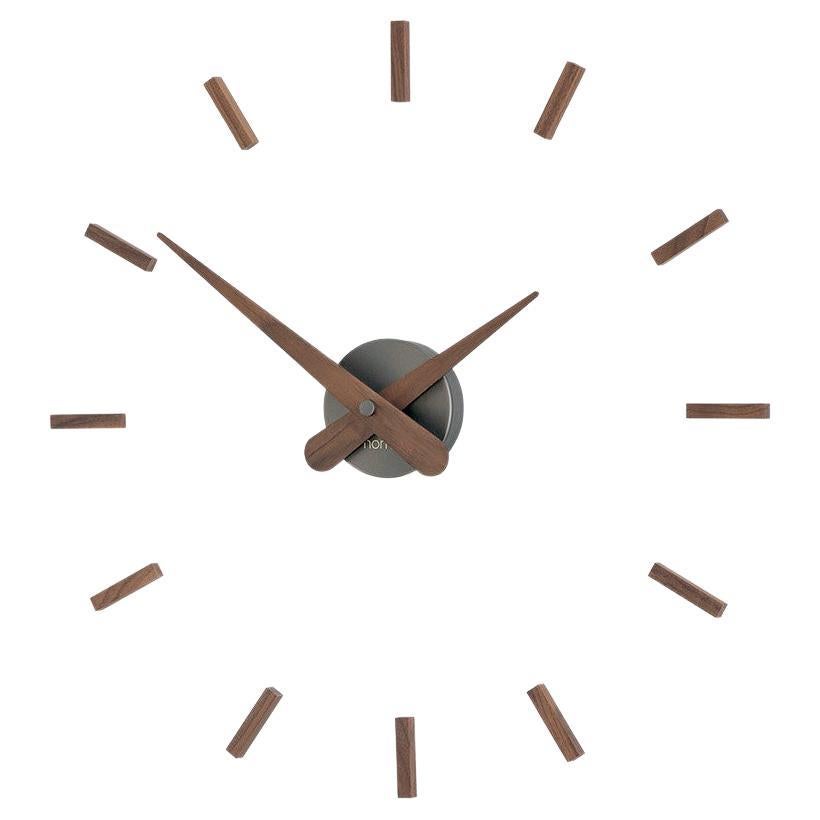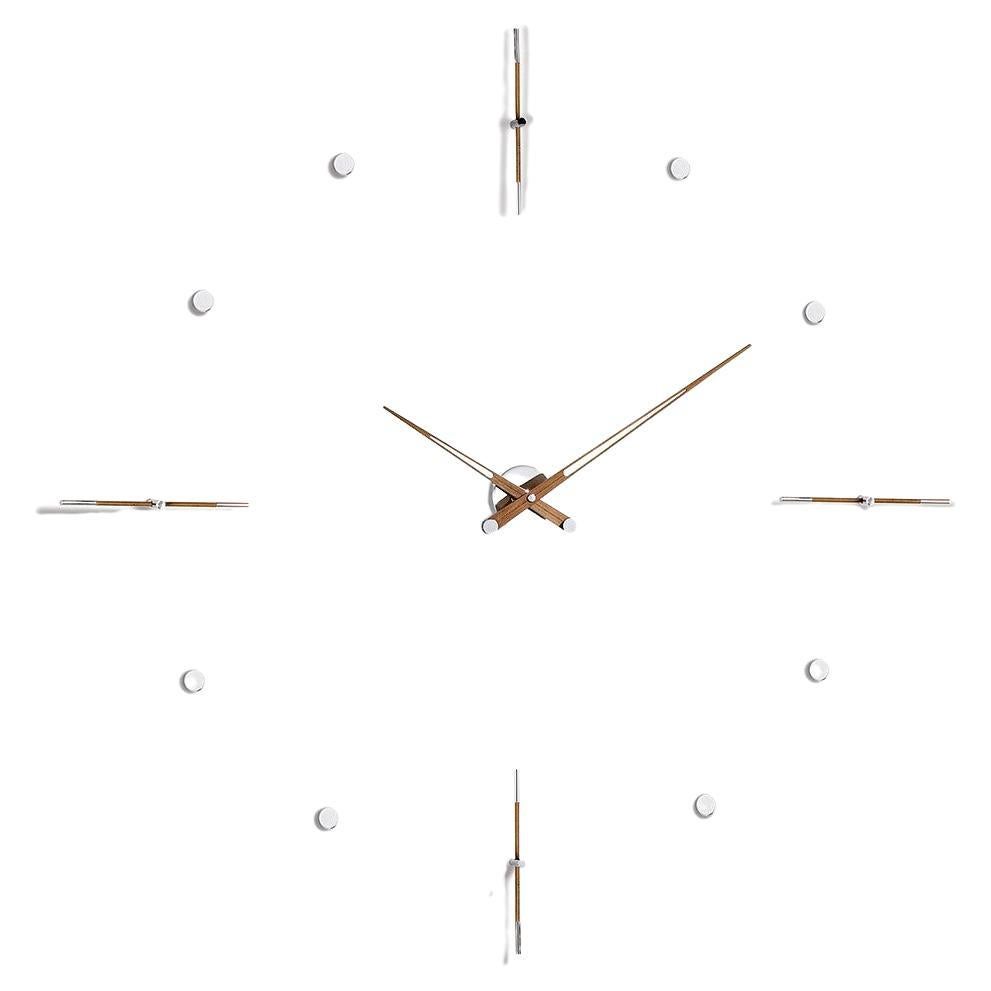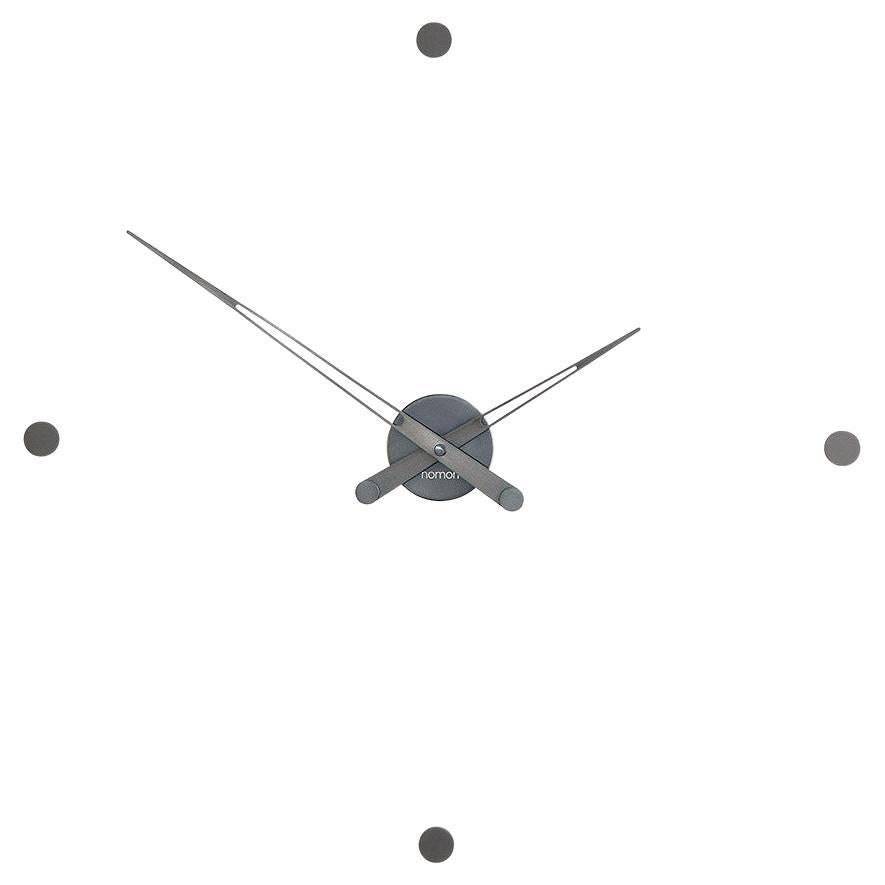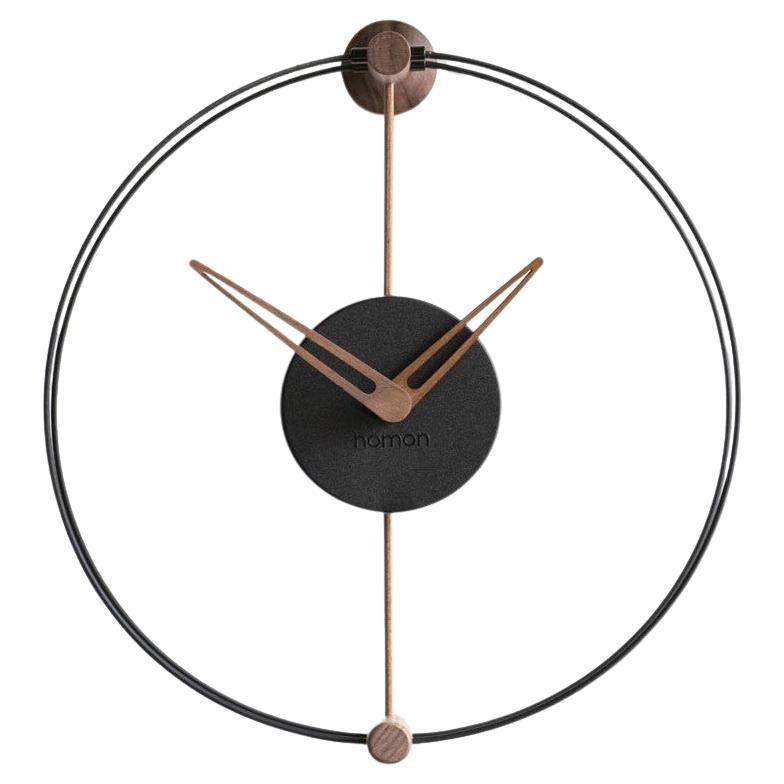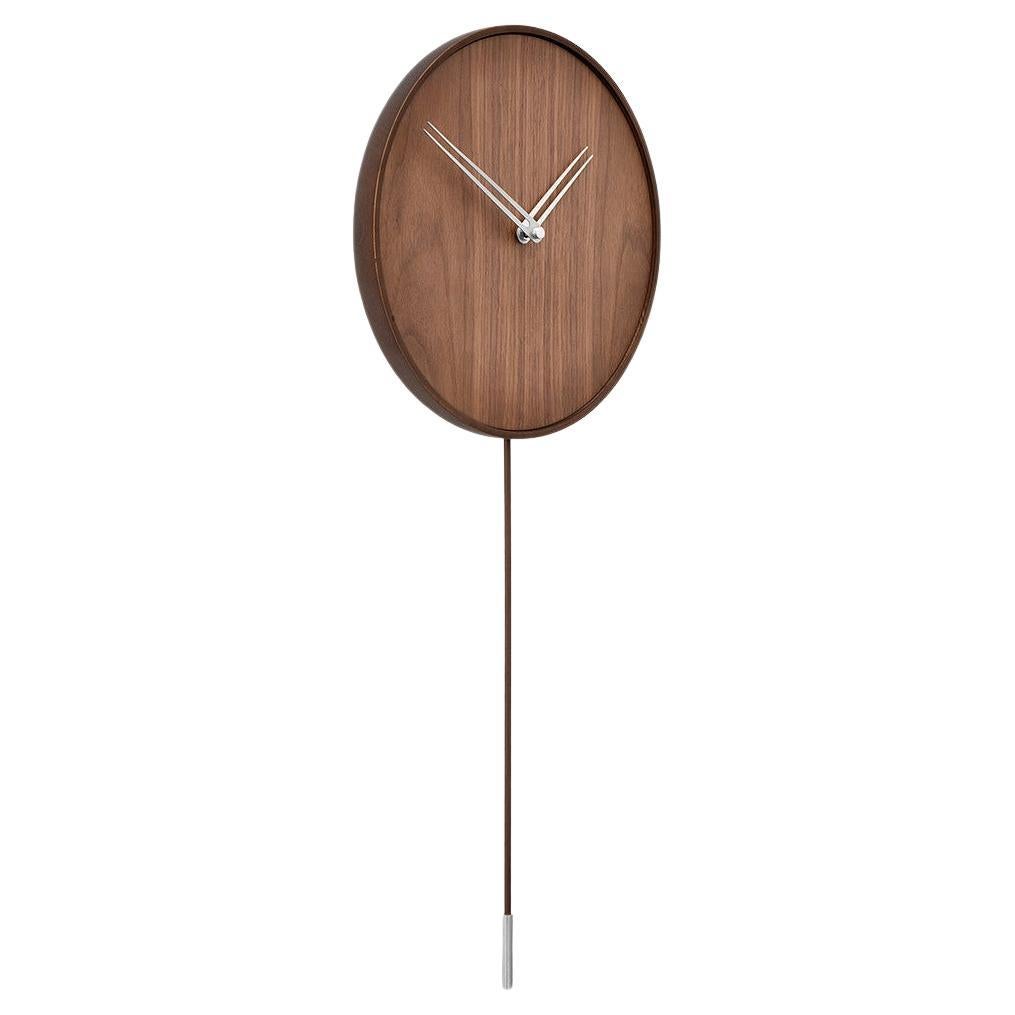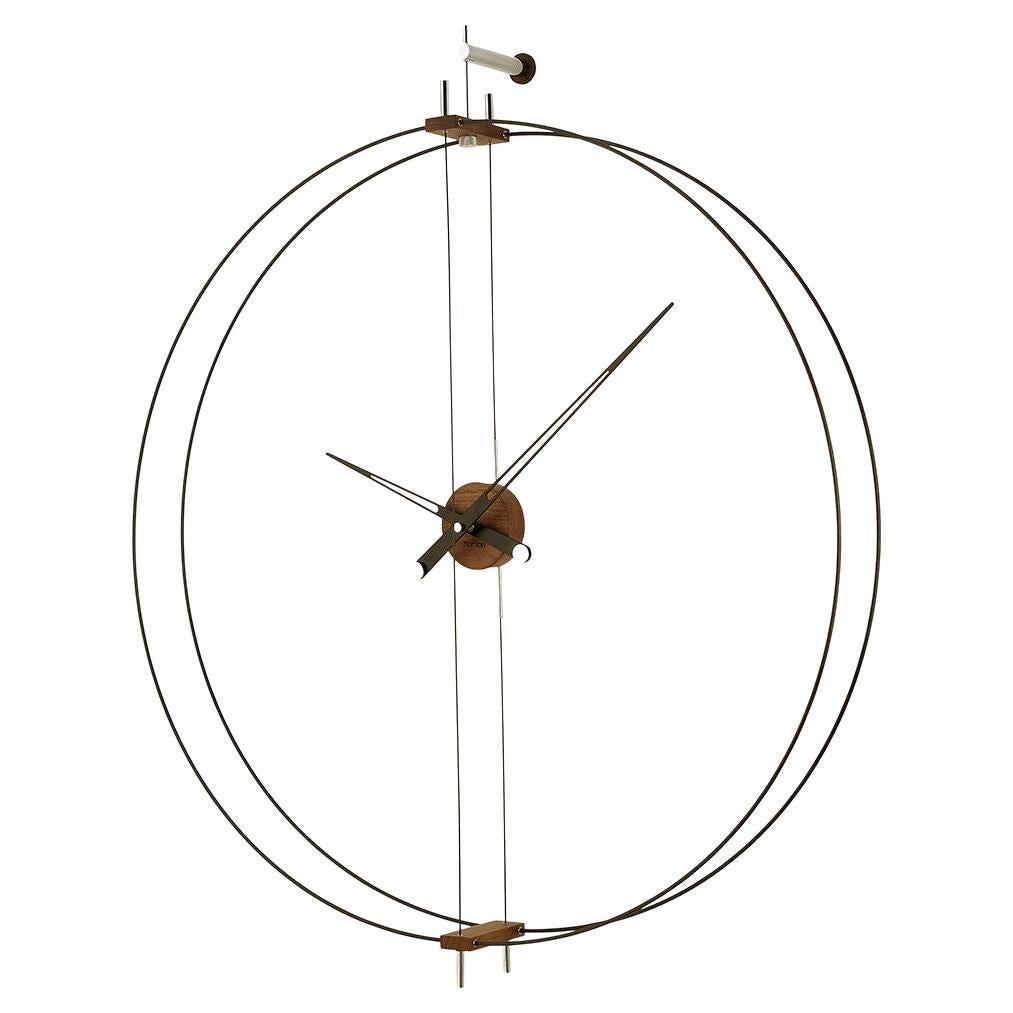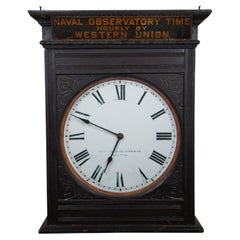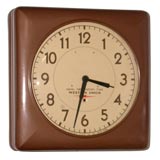
Western Union Wall Clock
View Similar Items
1 of 5
Western Union Wall Clock
About the Item
- Dimensions:Height: 19 in (48.26 cm)Width: 19 in (48.26 cm)Depth: 4.25 in (10.8 cm)
- Place of Origin:
- Period:
- Date of Manufacture:circa 1950
- Condition:Very good condition. Clock maker has recently adjusted movement.
- Seller Location:Culver City, CA
- Reference Number:Seller: 30715001cl5560571stDibs: 0508057989164
You May Also Like
- Rare Self Winding Clock Co Naval Observatory Time Western Union Wall Clock 26"By Self Winding Clock Co.Located in Dayton, OHAntique Western Union, Naval Observatory Time, self winding clock. Features a tall wooden case with carved corners and pediment mounted with tin sign reading "Naval Observatory Time Hourly By Western Union. White metal face with black Roman numerals and hands. Interior of case labeled "Property of Self-Winging Clock Co New York" and serial number on metal tag as well as on works. F Style / Vibrator movement, Serial Number 92630 (likely manufactured before 1917). Patented Oct. 4, 1898 by the Self Winding Clock Company. Fitted with Archer AC Adapter. "The Self Winding Clock Company (SWCC) of New York began business in 1886 marketing their own electro-mechanical clocks based on the 1884 electro-mechanical clock patent of one of the company founders, Chester Pond (1844-1912). The innovative principle of this clock mechanism was the incorporation of a small electric winding motor that automatically rewound the mainspring after the clock ran for one hour. The clocks were powered by batteries. The batteries would last at least one year. By being automatically rewound each hour, the strain on the mechanism was kept to a minimum, resulting in a very accurate timepiece. At about the same time SWCC began selling clocks, Pond was developing an electro-mechanical synchronizer attached to the clock movement that could synchronize the clock hands to an accurate time source. The synchronization occurs when a remote, precisely timed, electrical impulse is sent via wires connected to the individual clocks. By 1887 the synchronizers had been so improved that the Self Winding Clock Company could not only market individual clocks but also sell entire synchronized clock systems. By the 1960’s the days of individual elegant mechanical timepieces and synchronized time systems were over. SWCC ceased operations in the late 1960’s. All company records and inventories were relegated to the trash pile. The STYLE “F”, or as commonly referred to, the VIBRATOR movement was developed by Frederick M. Schmidt in the late 1890’s. By 1898 the “F” movement was being installed in almost all SWCC clocks. The movement has a Graham dead beat escapement. The “F” movement incorporates both the time train and winding motor in one set of plates. The motor used a single pair of coils. It was more reliable and easier to service than the rotary movement. The mainspring is re-wound after running for one hour. The vibrating armature oscillates up and down carrying a winding lever with a pawl that turns the winding wheel. The “F” movement was used in individual clocks and in clocks that were part of synchronized systems. It was made in 60, 80,120 and 140 beat versions. There were virtually no changes to the movement in 60 plus years the movement was in production. Almost all Style “F” movements wound on 3 volts DC. Style “F” movement serial numbers started in the 33,000’s and the first movements were probably made in 1898. The earliest plates had patent dates of 1891, 1892 & 1898. Serial numbers with these patent dates go up to the 63,000’s and were made before 1908. By 1908 the plates only had the 1898 patent date. By using catalog images of movement serial numbers it can be concluded that movements with serial numbers up to 112,000 were made in or before 1917. Movements with serial numbers up to 196,000’s were made in or before 1929. The single patent date serial numbers go as high as 220,000’s. Then there appears to be a large numbering gap. Finally, movements appear with no patent dates and serial numbers with the prefix FR. These numbers start at 300,000 but only continue to about 302,000. Start again at 400,000 and continue to about 402,000. Based on the large serial number gaps, the total number of “F” movements manufactured is probably around 200,000. They were manufactured between 1898 and possibly as late as the 1950’s. SWCC both sold clocks to and partnered with their biggest customer, Western Union in a nationwide distribution of precisely accurate “Naval Observatory Time” clocks. These either 120 or 140 beat Naval Observatory clocks...Category
Early 20th Century Late Victorian Wall Clocks
MaterialsMetal
- Antique Empire Clock, Western Europe, circa 1860Located in Chorzów, PLAntique Empire clock, Western Europe, circa 1860. Dimensions: height 224 cm / width 54 cm / depth. 29 cm.Category
Antique 1860s Belgian Empire More Clocks
MaterialsWalnut
$2,882 Sale Price20% Off - Delmori G Wall ClockLocated in New York, NYThis Delmori G clock stands out for its unique design as it has a double-fiberglass structure a touch that gives a lot of personality and style to any room or space Delmori N wall c...Category
2010s Spanish Modern Wall Clocks
MaterialsBrass
$2,180 / item - Sunset T Wall ClockLocated in New York, NYThe Sunset T wall clock is a simple piece that seeks to add a clean and elegant touch to your wall. The Sunset T Clock is made of a graphite steel case in a lead gray color and a cla...Category
2010s Spanish Modern Wall Clocks
MaterialsBrass
$370 / item - Mixto N wall clockLocated in New York, NYThe Mixto N wall clock has an elegant and dynamic design , combining fine wood and chrome steel materials. Mixto N wall clock : chromed brass and walnut, hands in walnut. ...Category
2010s Spanish Modern Wall Clocks
MaterialsChrome
$790 / item - Rodón 4 T Wall ClockLocated in New York, NYThe Rodón 4 T Clock is a wall clock with a serious and discreet aesthetic making it an ideal clock for spaces such as offices or business centers and meetings. The Rodón 4 T Clock: ...Category
2010s Spanish Modern Wall Clocks
MaterialsBrass, Steel
$660 / item
